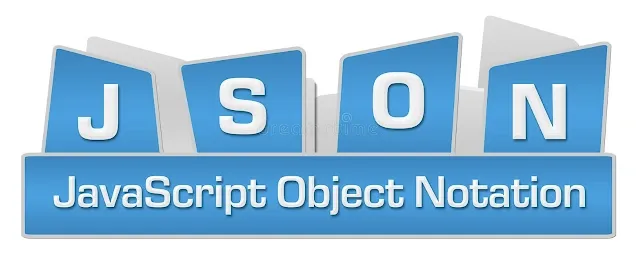Introduction
Through this article we're going to discuss how to access and consume dynamic JSON objects passing to the backend Controllers from the frontend. These are kind of situations that we can't exactly guarantee the no of parameters count we're going to receive from the request.
Prerequisites
As a prerequisite, you only need to include the "spring-web" dependency additionally. No other additional dependencies are used here to perform this task. So, please add this dependency to your pom.xml file of your project.
<dependencies>
<dependency>
<groupId>org.springframework</groupId>
<artifactId>spring-web</artifactId>
<version>5.3.23</version>
</dependency>
</dependencies>
Getting Started
So, in this scenario, we're going to expecting dynamic JSON object formats which the attribute count may be vary from time to time (not having a specific static JSON format). So, let's assume that the below mentioned kind of an JSON object need to be accessed and consume from the backend controller.

So, since object structure is dynamic(changing time to time), we have to define a common Super type object that we can access any providing object easily. So, in that case I've used "java.lang.Object" as the common format object to catch data since it is the most super type of any Object format in Java. So, we're going to map the json object values comes from the Request Body to "java.lang.Object" type (@RequestBody Object o).
So, now the data binding part is completed since we can now catch any format of the data to a super type Object. But still we can't access those data which is coming from the JSON mapped as Key-Value pairs. So, in order to access data separately, we've to cast our previously catch object into a LinkedHashMap (That's the default data type of a JSON format object contains). So, then we takes the data to a LinkedHashMap type by casting the object data(LinkedHashMap<String, Object> hashMap = (LinkedHashMap<String, Object>) o).







0 Comments